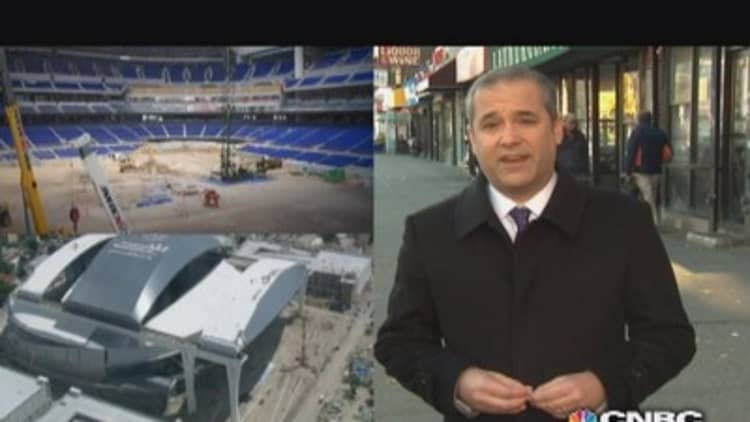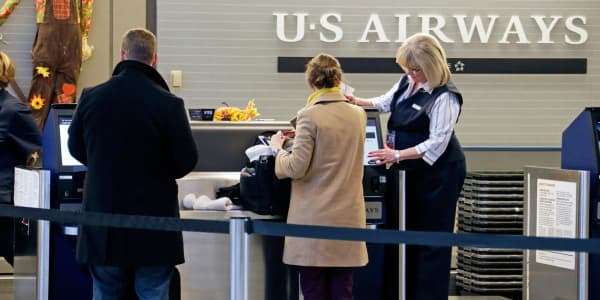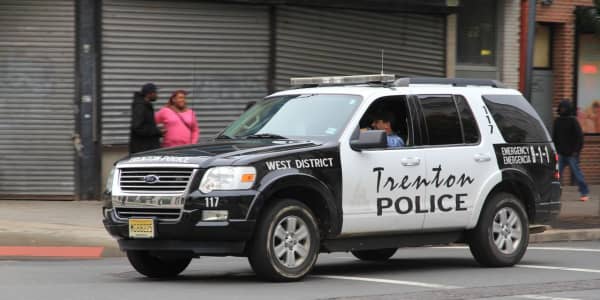Visit any American city and it doesn't take a whole lot of imagination to see where its greatness came from—however faded it may seem to be.
Even Detroit, the largest U.S. city ever to declare bankruptcy, still retains the footprint of a great urban powerhouse. There are the broad boulevards spreading out from the city center like spokes of a Chevy's wheel; classic and modern skyscrapers towering over the banks of the Detroit River; even the neighborhoods, though ravaged by years of decay still include—here and there—a grand old Motor City home. Or there is a smaller one, still tidy, that an autoworker toiled for years to pay off.
Yet Detroit is beset with problems. Clearly, it has more than its share, but no city is without at least some of the same issues. Our series highlights five cities, but no city is immune.
In our trip across America, we found that every city we visited has a mixture of bad and good, of problems and solutions.
Take Oakland, Calif. It has always lived in San Francisco's shadow and probably always will. Residents lament the fact that the technology boom that transformed the Bay Area largely passed Oakland by. We were there to report on whether Wall Street conned Oakland—and hundreds of other cities—or if city leaders took irresponsible risks with taxpayer money. Regardless, the citizens are paying the price.
But at the same time, we found a growing effort to accentuate Oakland's positives, from a $70 million infrastructure upgrade at the Port of Oakland—the nation's fifth-largest port—to a neighborhood food program at Oakland's Faith Baptist Church, where pastor Curtis Robinson told us, "You've got to have a peaceful neighborhood in order to have economic development. Maybe if we put some food on some tables, people will get a little peaceful."

In Chicago the problems are not as readily apparent as in some cities, particularly downtown. In fact, to this Chicago native the city seems as dynamic as it has ever been. But venture into the neighborhoods, and it is a different story. The city's epidemic of gun violence is well documented. And now a public pension crisis decades in the making is coming to a head.
The debate over who is responsible—union leaders extracting overly generous benefits or city officials failing to pay for their promises—may never end. But any cure is bound to be painful.
Where is the hope in Chicago? For the first time in the city's history, officials appear to have recognized the problem.
"We cannot allow the future to become a stark choice between a pension payment or police officer, a pension payment or a parks program, a pension payment or a school principal," said Mayor Rahm Emanuel in his October 23 budget address.
Hey, it's a start.
Miami is another city where things look good on the surface. A little too good, according to the Securities and Exchange Commission, which sued the city in July, claiming officials misrepresented the city's true financial condition in disclosures to municipal bond buyers.
The city has denied wrongdoing and accused the SEC of turning legitimate budget decisions it disagrees with into securities violations.
The case, which is set for trial in September, is the centerpiece of a nationwide SEC crackdown on municipal finance. Whatever the outcome, it is already shedding new light on the muni bond market—one of the least regulated segments of the securities industry, even though so many individuals invest in it because they think it is safe.
From Miami we headed up the East Coast to Baltimore. It is a different sort of city, with a different set of problems, but problems not uncommon to America's older cities.
"We are not growing money trees in the basement of city hall," Mayor Stephanie Rawlings-Blake told us.
But rather than shying away from the city's problems, she was eager to call nationwide attention to the city's badly deteriorating water infrastructure.
It's New Jack City. There's open-air drug trade. There's prostitution. It's craziness. There's an internal will that's built in us. Our ancestors came through much more craziness than we did, so how dare we quit or be weak or even settle for mediocrity?Darren "Freedom" GreenTrenton Council of Civic Associations
Baltimore deals with an average of three serious water main breaks every day. Most of the pipes date back to the 1940s, and in this 284-year-old city some date back far longer. The city is forging ahead with a $3 billion plan to fix the system, and the mayor told us that will cover around half the needed repairs.
It all seems pretty hopeless, until you meet George Hardwood.
If you wonder how anyone could possibly enjoy working in a sewage treatment plant, you haven't met George, who has worked at the Patapsco Wastewater Treatment plant for 38 years. George loves his job as an operations engineer, and he couldn't be more proud of the plant if he had built it himself.
"We want to be as economical as we can be as we operate the plant," he told me. "Let's be honest, with the budgetary system at times and all, nobody wants their taxes raised."
In Baltimore, as in many cities, taxpayers are responsible for water system improvements. They may be happy to know that George Hardwood is on the job trying to keep costs to a minimum.
The final stop on our journey is Trenton, N.J. In many ways this is the most difficult place on our five-city tour to find light at the end of the tunnel.
Make your way around Trenton, and it is often hard to believe this is the capital city of the Garden State.
While shooting video in the heart of Trenton's commercial district—the corner of State and Broad streets—two heavily armed police officers drove up and asked if we were okay. We didn't realize we might be in danger standing in the heart of a capital city, but apparently we were, as far as these officers were concerned. They promised to stay and look after us until we were done.
"What are you doing here, anyway?" one officer asked.
We explained we were doing a story about the city budget.
"We have a budget?"
And yet even in Trenton, there are glimmers of hope.
Follow State Street to the west, through the rough neighborhoods and along the banks of the Delaware River, and you'll find Cadwalader Park, designed by Frederick Law Olmstead, the architect who also designed New York's Central Park. The lush park recalls Trenton's historic past.
It is where, on a drizzly afternoon, we met Darren "Freedom" Green.
Green spends more of his time in the inner city. He does social work for the schools but spoke to us in his role with the Trenton Council of Civic Associations. He thought the park would be a nice venue to talk about what is going on here.
But Green wasn't about to sugarcoat the situation in Trenton.
"It's New Jack City. There's open-air drug trade. There's prostitution. It's craziness."
But he is unwilling to give up on his city.
"There's an internal will that's built in us. Our ancestors came through much more craziness than we did, so how dare we quit or be weak or even settle for mediocrity?"
Green focuses much of his work on connecting citizens, reasoning that people might be more kind to those they know than they would be to total strangers.
"So you keep pushing because you want better; you demand better of yourself and for others."
Green could not stay much longer. That morning, he had talked a young student through a difficult situation at home and convinced him to go to school, after all. He wanted to get back and check on him.
In our series we diagnose America's cities as being in critical condition, but it is by no means terminal—not with so many people trying to nurse the patient back to health.
—By Scott Cohn, Senior Correspondent, CNBC





